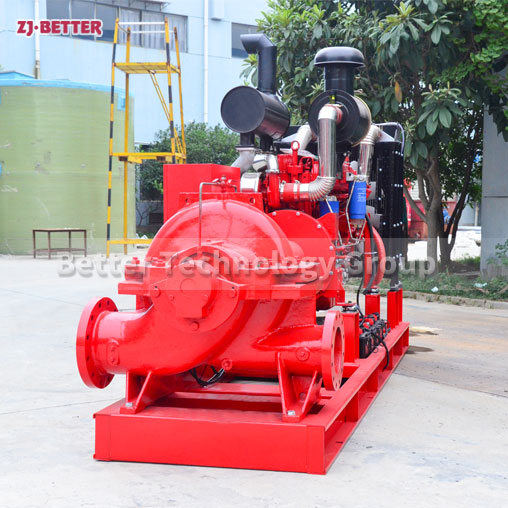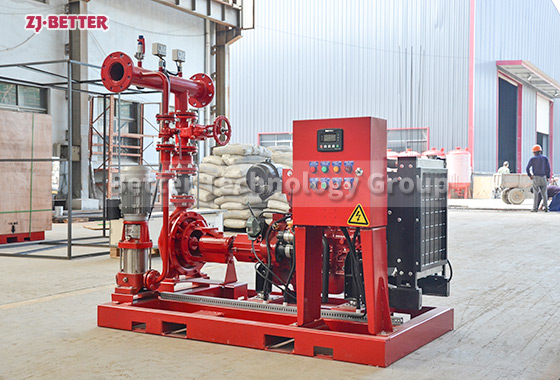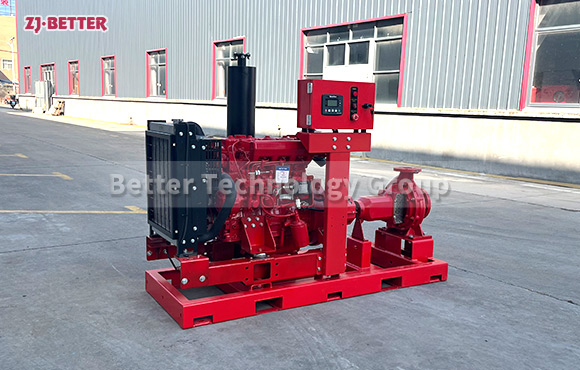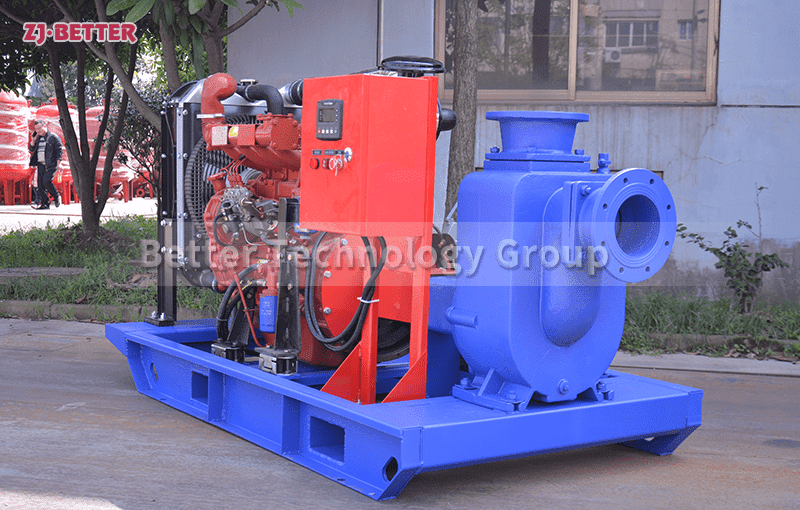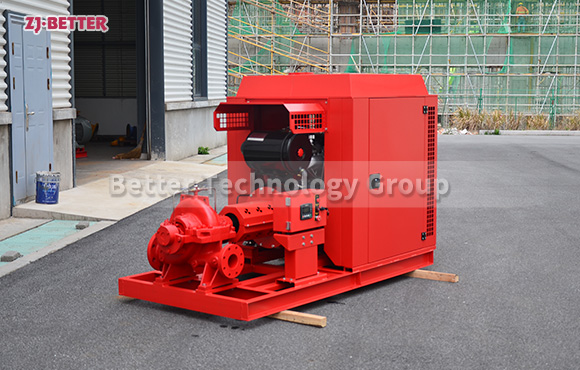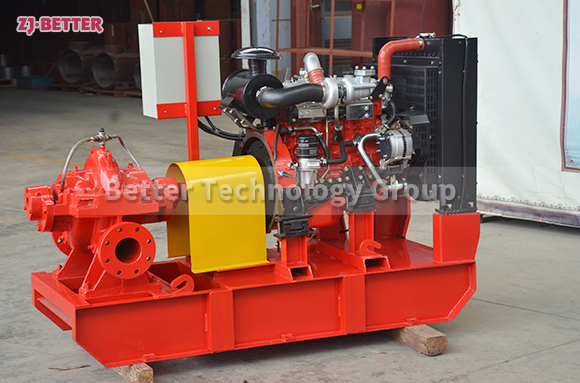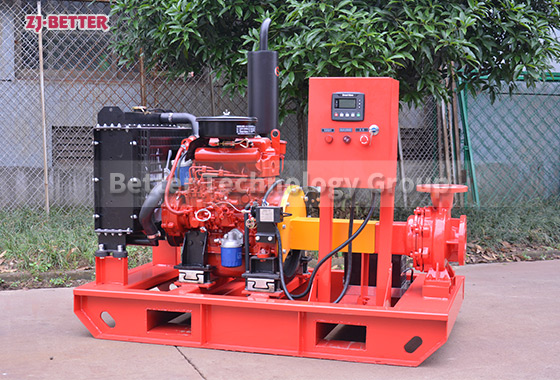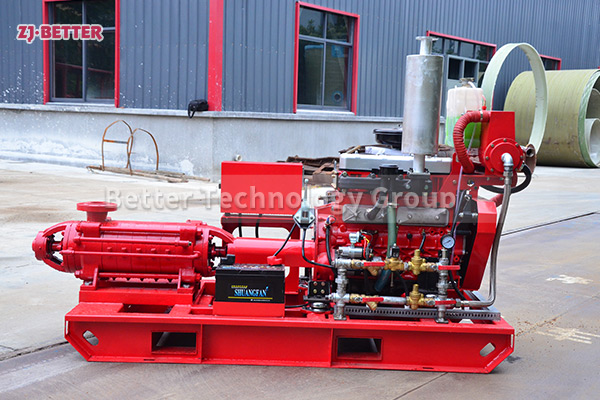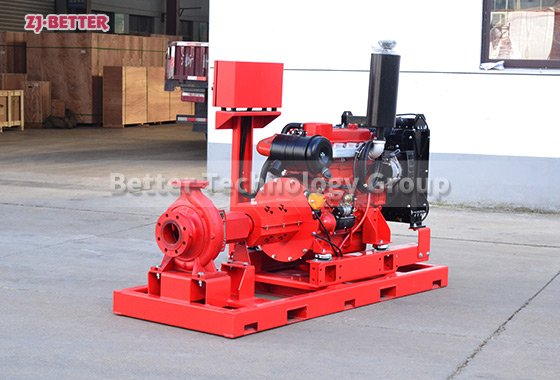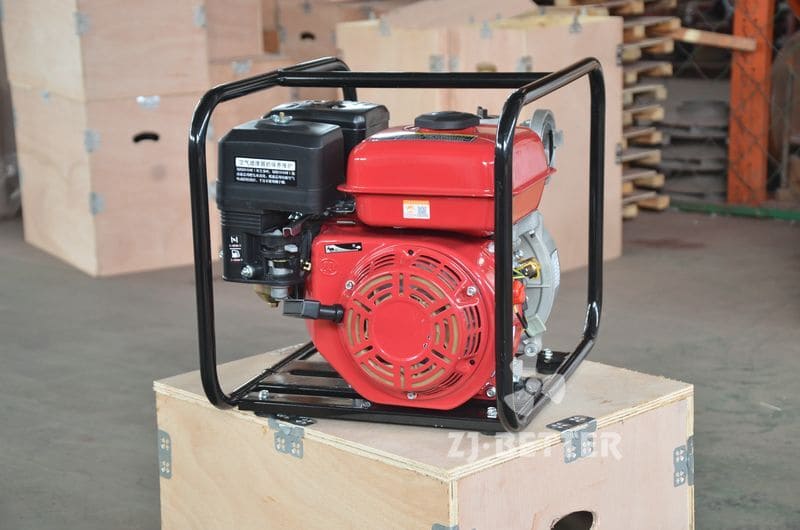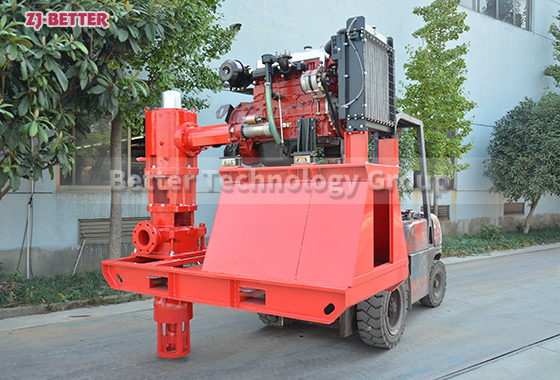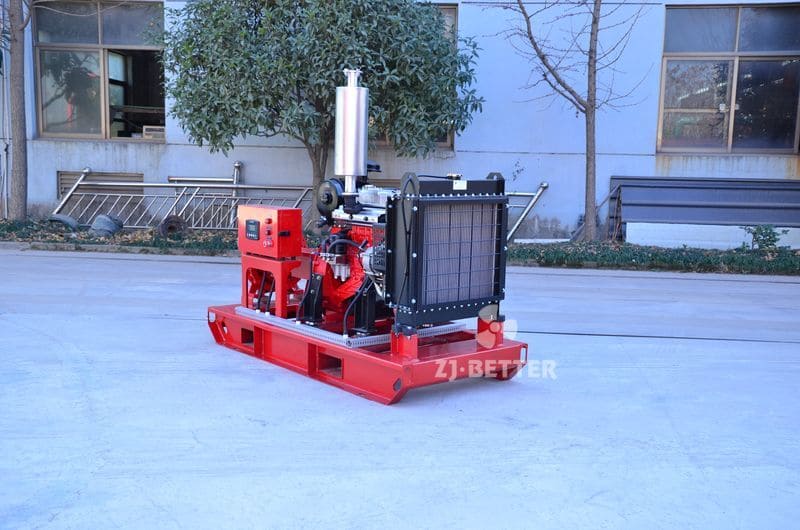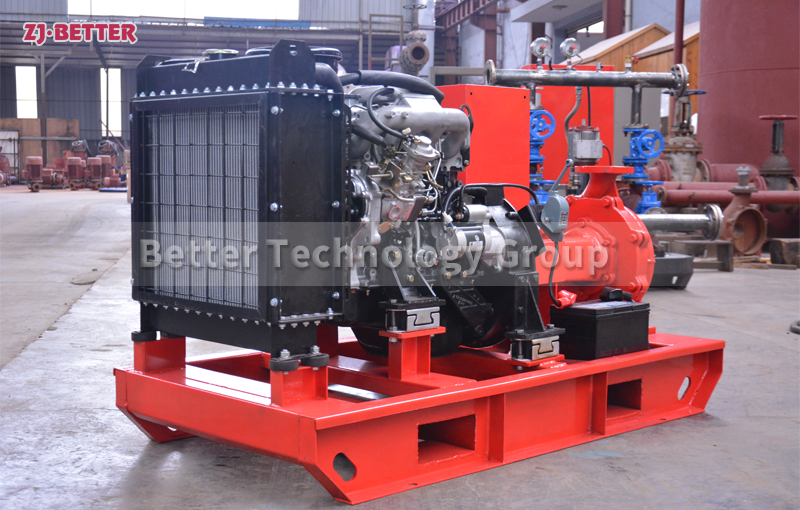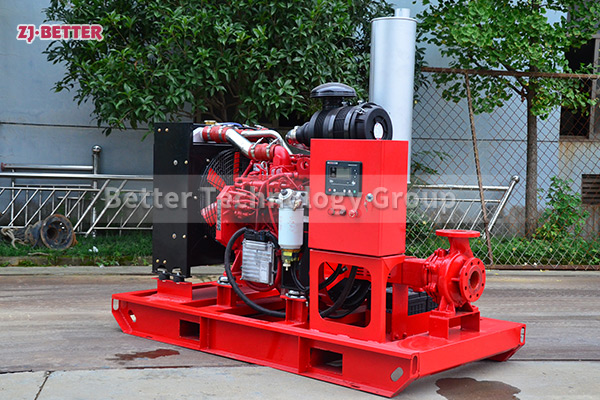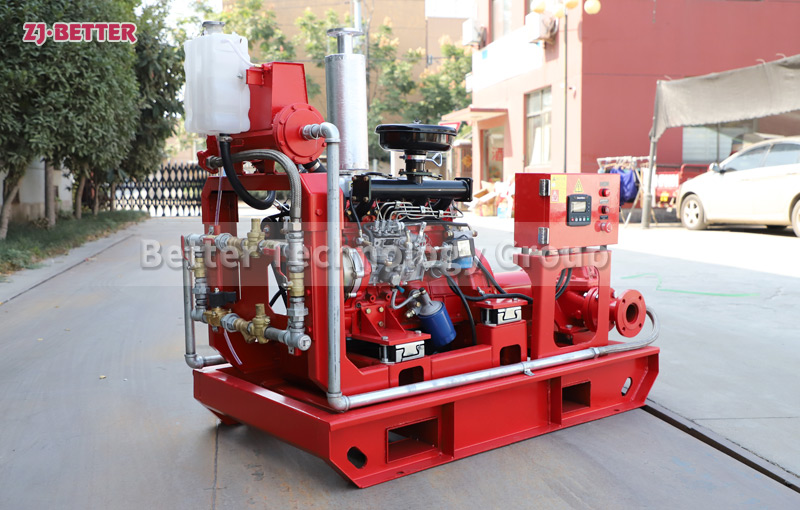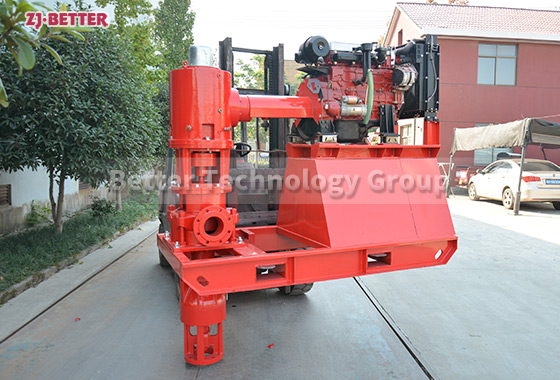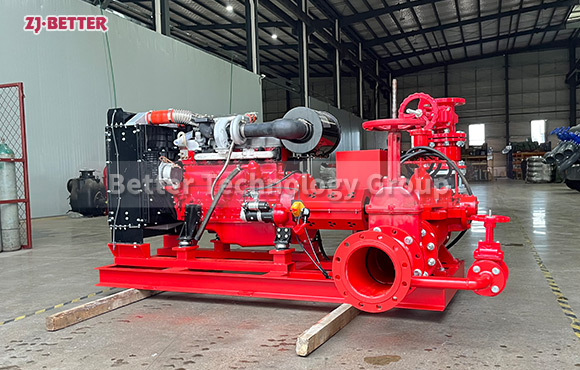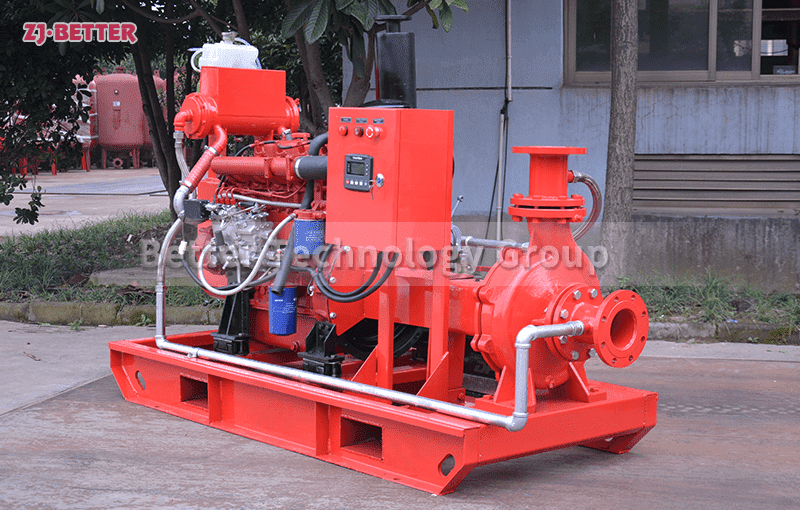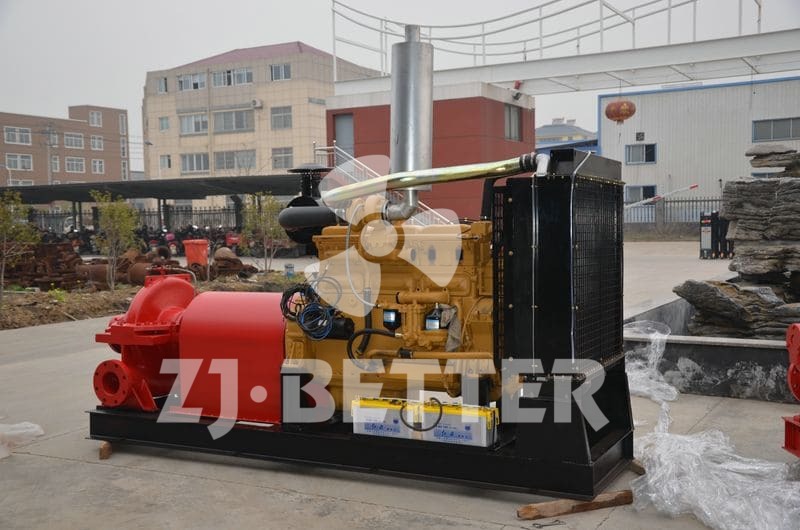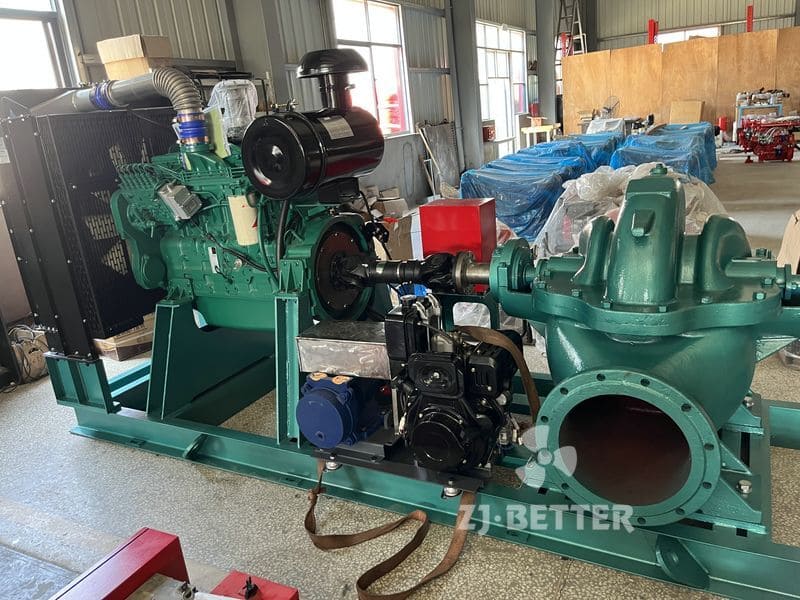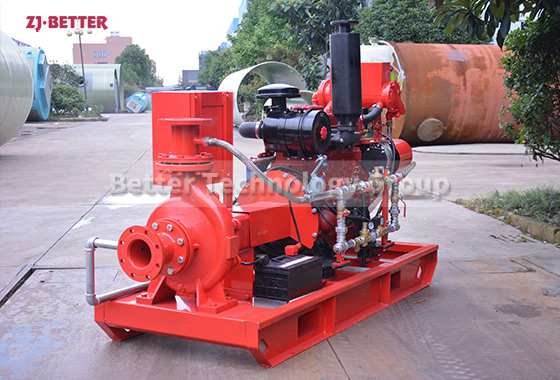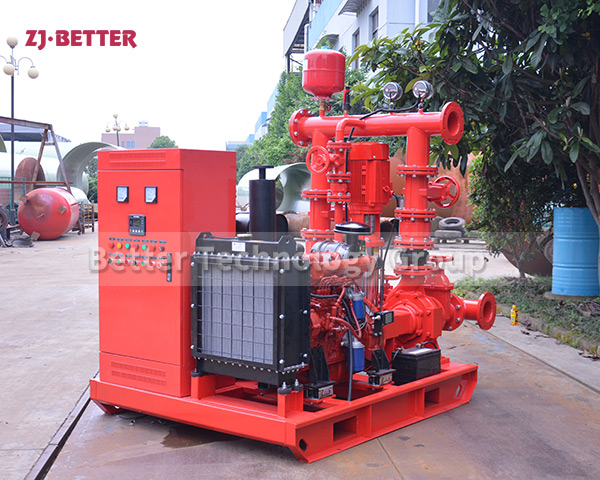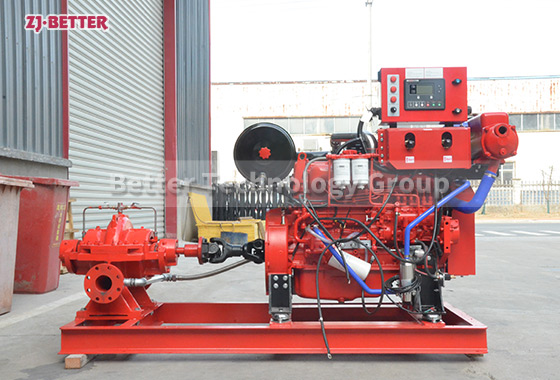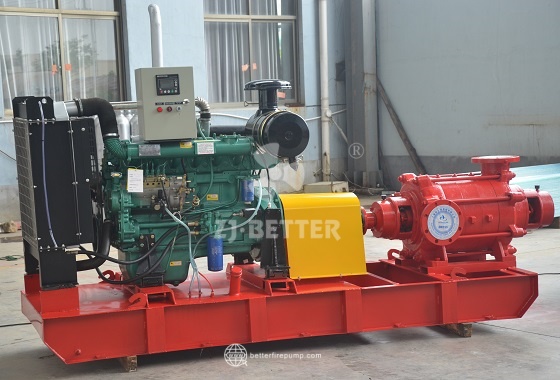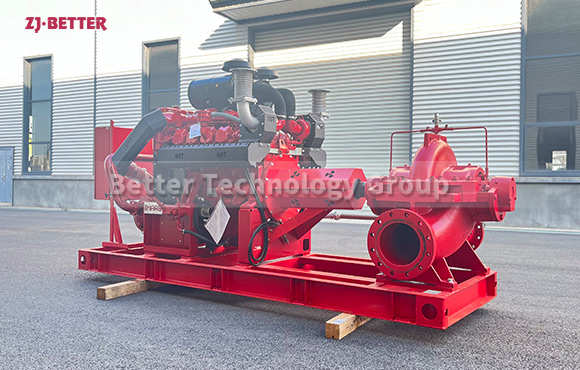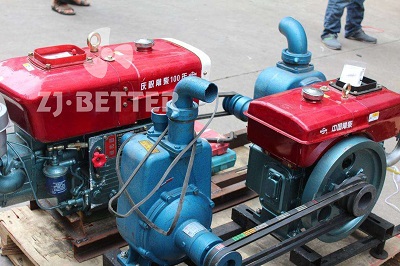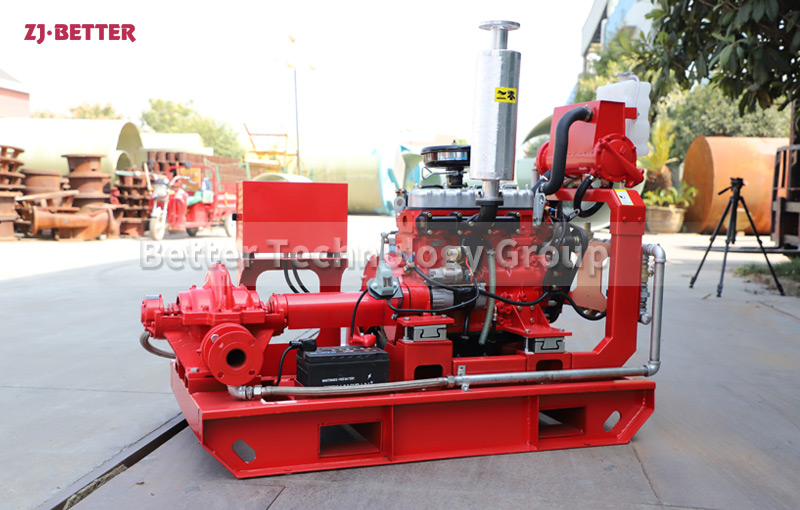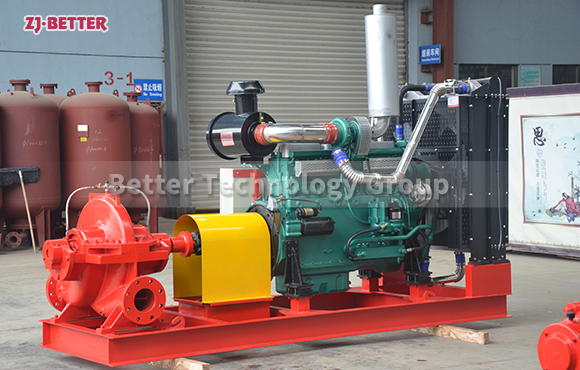Manufacture Diesel Engine Fire Pumps in Strict Accordance with Customer Requirements
Diesel engine fire pump has the advantages of light weight, small size, flexible movement, quick start, fast water discharge time, large fuel tank capacity, corrosion resistance, reliable use, convenient maintenance, etc., fast automatic start and self-priming, and self-priming after dry operation, Heavy duty pump bearings – longer life; other components are selected from high quality copper and stainless steel or by customer.
Diesel engine fire pumps have been widely used in environmental protection, water treatment, fire protection and other departments to pump various liquids. They are ideal pumps to create civilized workshops and factories without leakage and pollution. In general, there are three common control methods for diesel engine fire pumps:
1. Manual control: The diesel engine fire pump is manually pressed by the control panel button, and the operation process is automatically completed by the preset program.
2. Automatic control: When the equipment is affected by fire/pipe pressure or other automatic control signals, the response starts/stops.
3. Remote control: The computer realizes remote monitoring, remote control, remote communication and remote adjustment through the communication network.

